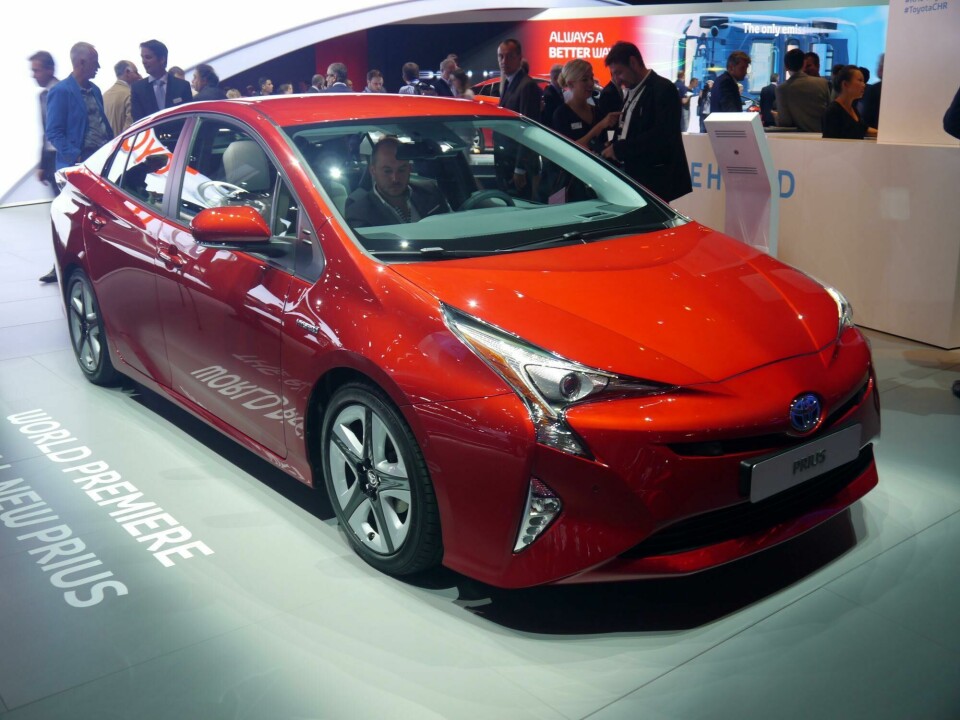
Design Review: Toyota Prius
Understanding one of the most controversial cars of the year
It’s hard to believe the Toyota Prius has been around for 18 years, with 3.5 million built since 1997. We were introduced to the fourth-generation at the Frankfurt motor show last month, which sits on the new TNGA (Toyota New Global Architecture) platform, reducing development costs by over 20 percent.
However, design chief Tokuo Fukuichi’s ‘Keen Look’ design identity was not liked by the majority of designers we spoke to in Frankfurt, many citing the over-complex surfacing and wilful awkwardness of many areas as their main gripes with the design.
Proportions (see above)
1 Cat’s Cradle
All-new Prius is suitably different from previous models, which needed a push forwards in terms of style. You won’t find classical automotive proportions here or lines that relate to the wheels but that’s all part of the otherworldly design approach
2 Two-Box
Thanks to the more generic TNGA platform, the Prius has lost the cab-forward, monovolume profile. It’s now distinctly two-box, with a more upright front screen and a DLO that starts in line with the rear of the front wheel
3 Shape shift
Roof’s apex is further forward than before, with a more coupe-like rear screen profile and a steeply rising beltline
4 Low-slung stance
New platform brings a more aerodynamically efficient silhouette thanks to is 20mm lower height with the same generous 2700mm wheelbase as before
5 Light catcher
Disrupted light lines in lower bodyside are deliberate and part of the facetted theme. But they add another ingredient into an already-congested recipe. The viewer is asked to absorb a lot of conflicting inputs – maybe too many






